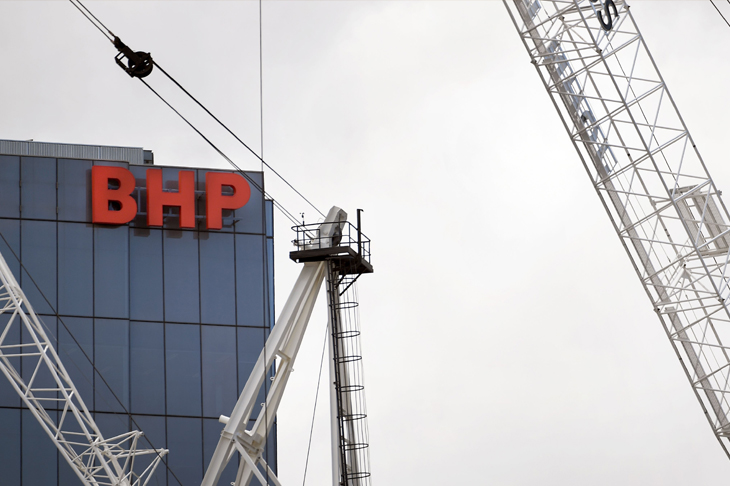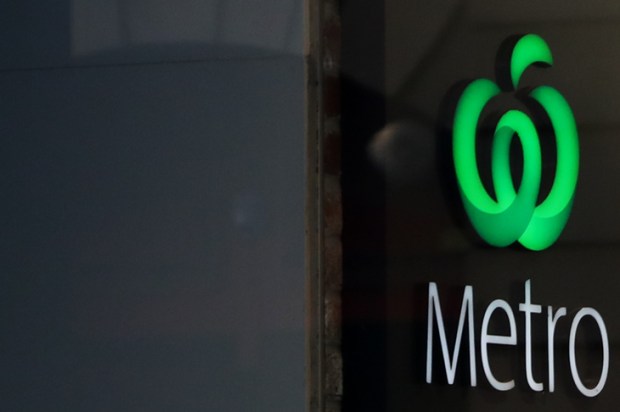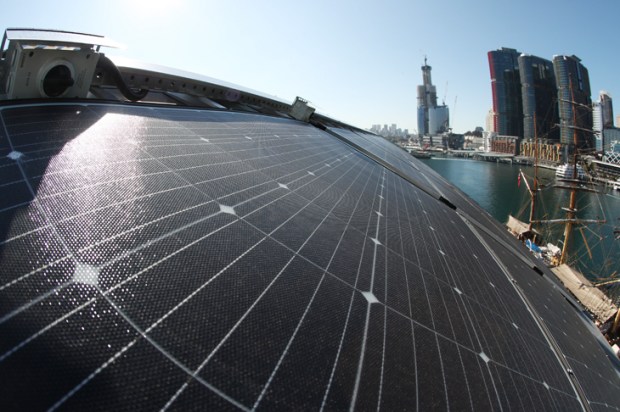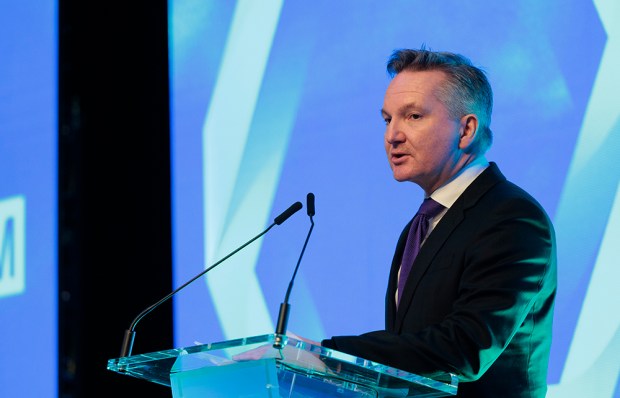First the good news. Many Australians stand to benefit from the anti-coronavirus measures that are, in the interests of saving lives, doing much more economic damage than the virus itself. Those who now receive less than one per cent on savings deposited with banks, thanks to virus-generated stimulatory cuts in official interest rates, can now earn about eight per cent tax-free from Australia’s biggest company. This is also thanks to the stockmarket panic over coronavirus that was predicted on this page. What coronavirus takes away it can also give—but at someone else’s expense. When, much to the distress of shareholders like me, BHP’s share price was chopped by 44 per cent last week from its $42 February peak, before settling down around $26.50, it thereby provided a handsome fully-franked eight per cent dividend yield. All that BHP now has to do is to maintain its dividends. Next Wednesday, 25 March, a record $1 a share interim dividend is to be paid and another sizeable one is due in September, in line with BHP’s policy of paying out at least half of its underlying profit to shareholders. With chairman Ken MacKenzie telling investors last week that BHP’s business was ‘very resilient’ to the coronavirus crisis with prices ‘holding up in key commodities’, and that ‘production and transport disruption within China have boosted import demand for BHP’s products such as iron ore and metallurgical coal’, a reasonable dividend is indicated. This is reinforced by Reserve Bank deputy governor Guy Debelle’s view that, despite ‘a misfiring of China’s economic recovery from the coronavirus that will further damage the Australian economy, demand for our biggest exports of iron ore and coal will stay strong’. And new CEO Mike Henry who reckoned back in February that the hit to China’s demand for BHP’s exports would only be ‘muted’, remains ‘convinced about the positive underlying fundamentals of our commodities’, with BHP also standing to benefit from ‘supply problems facing BHP’s competitors’.
So BHP (along with some of its Australian rivals) is doing well despite its biggest market, China, giving birth to the virus that has not only shut down much of its economy but now may be bringing on a world recession.
There is good reason to exclude BHP and other Australian iron ore and metallurgical coal exporters to China from the virus gloom that brought about the world-wide stockmarket rout. Earlier this month, iron ore futures in China rose due to a combination of declining stockpiles at ports, steadily-improving industry and steel mill demand and expectations of significant Beijing governmental stimulus. This was followed by Standard and Poor’s Global concluding last week that ‘iron ore should be a relatively safe haven as China begins to recover while the rest of the world slows. Iron ore remains well-supported as a macro-proxy for China activity, mirroring a pick-up in industrial steelmaking activity in China stimulated by Beijing’s economic stimulus and China’s improving virus statistics’(Europe having become the coronavirus epicentre). S&P rejects as ‘too low’ market analysts’ depressed consensus iron ore price forecasts that had helped fuel the stockmarket collapse.
These forecasts are now being revised upwards. Citi now sees ‘earnings upgrade potential’ with a global miners’ bounce; the newsletter Simply Wall Street says BHP is undervalued at prices below $33.50; Seeking Alpha lists BHP shares at a 52-week low as a buying opportunity. Locally, Ord Minnett see more than 15 per cent upside for BHP and Rio and the Australian Financial Review’s Chanticleer says ‘BHP’s resilience could deliver a crisis bounty’ by way of any acquisition opportunities triggered by the virus. As chairman Ken MacKenzie indicated at last week’s AFR business summit in Sydney, BHP’s halving of its debt over the past four years puts it in ‘good shape’ to do so. ‘More value is created from moves at the bottom of the cycle when assets are cheap’.
If only BHP had this approach over the years when it purchased massively overpriced assets (its multi-billion US shale fiasco, for example) that led to such huge losses in shareholder value. Our fingers are crossed.
Got something to add? Join the discussion and comment below.
Get 10 issues for just $10
Subscribe to The Spectator Australia today for the next 10 magazine issues, plus full online access, for just $10.
You might disagree with half of it, but you’ll enjoy reading all of it. Try your first month for free, then just $2 a week for the remainder of your first year.














Comments
Don't miss out
Join the conversation with other Spectator Australia readers. Subscribe to leave a comment.
SUBSCRIBEAlready a subscriber? Log in